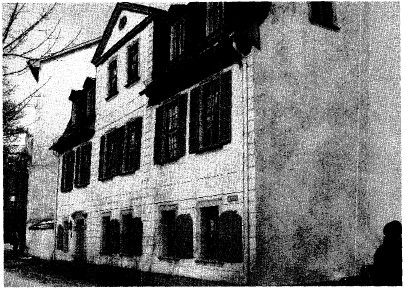 题目内容
(请给出正确答案)
题目内容
(请给出正确答案)
The Ancient Road Building A quick review of ancient history since men began keeping record
The Ancient Road Building
A quick review of ancient history since men began keeping records of their achievements would show that all the great empire (帝国) builders were also road builders. They knew well that good roads were necessary for keeping the extended empire together.
The first of the great empire road builders were the Persians (波斯人). Between 500 and 400 B. C. all the parts of the Persian Empire were connected by roads with the capital city. The main, or "royal", road began near what is now Turkey(土耳其), and ended in Susa. The road had well-built inns where travelers could rest and eat, and tax-houses like those on a modern highway.
The people of Greece, unlike the Persians, believed that their city-states could remain independent only if the roads between them were not too good. Besides, the landscape (风景) full of mountains in Greece made road building an extremely difficult job. As a result, the Greeks turned to the sea, and instead of highways, developed sea routes that reached distant lands.
By far the greatest of the ancient road builders were the Romans. The Romans, like the Persians before them, recognized the importance of land routes to keep their empire together. At the height of its power, the Roman Empire covered about 2,000,000 square miles. It extended from Spain in the west to the banks of the Caspian Sea(里海) in the east. And from England in the northwest, the empire stretched south to include the coastal lands of North Africa. By about 120 A.D. the Romans had built an extraordinary network of about 50,000 miles of roads. The roads were originally built for military traffic moving from one part of the empire to another, but during periods of peace these same roads were busy with traders and travelers.
You can still travel over Roman roads in many parts of Europe today. The Roman engineers knew how to build things that would last and last.
The Persians started to build roads about ______.
A.500 years ago
B.2000 years ago
C.1600 years ago
D.2500 years ago
 如果结果不匹配,请 联系老师 获取答案
如果结果不匹配,请 联系老师 获取答案


 更多“The Ancient Road Building A qu…”相关的问题
更多“The Ancient Road Building A qu…”相关的问题


















